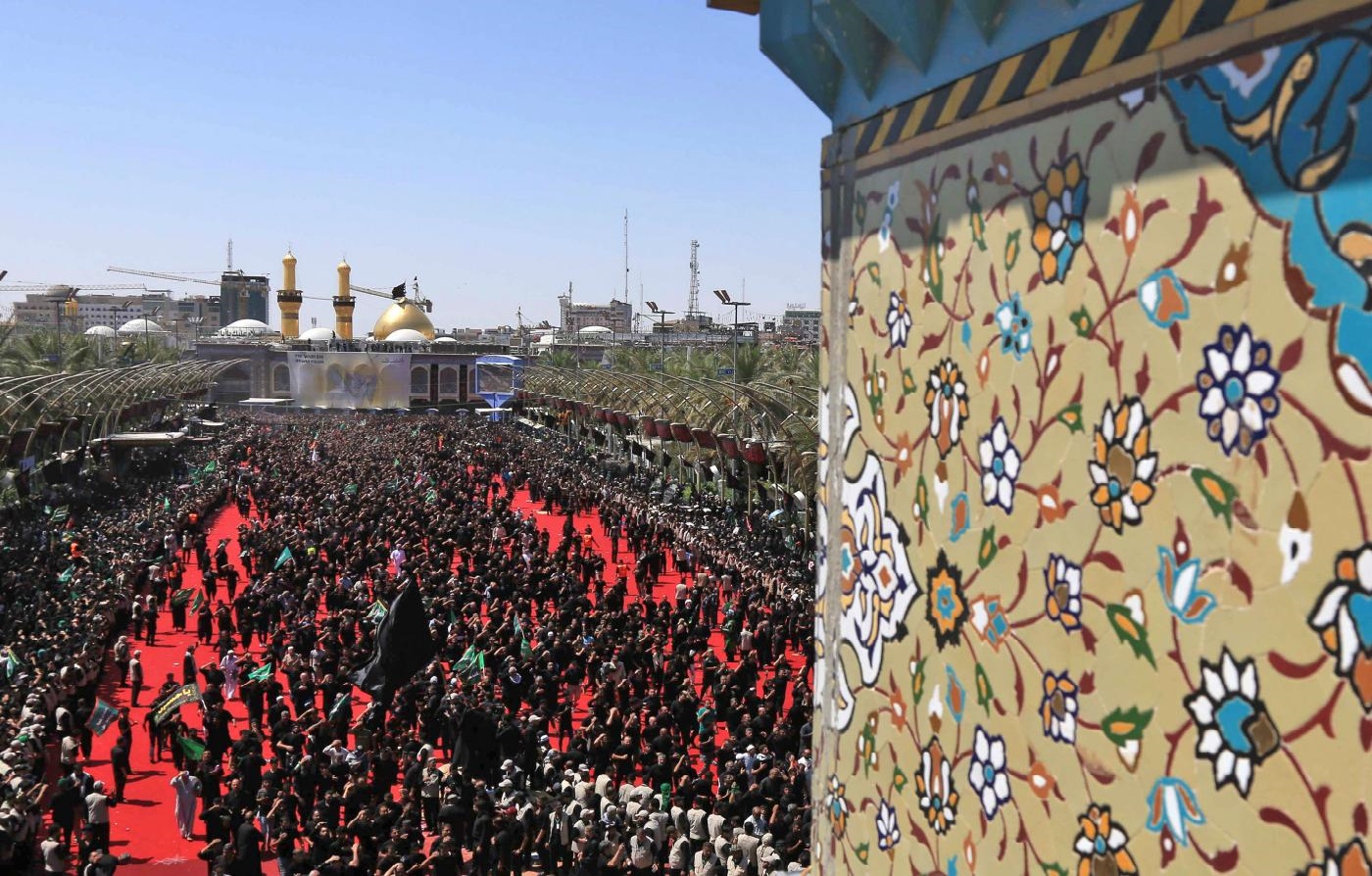Despite the consensus of Islamic sects regarding permissibility of ziyāra in general and permissibility of ziyāra of the holy Prophet (PBUH&HP) in particular, a few of the followers of the Hanbali sect announced ziyāra as against monotheism and invalid. The first person who ordained prohibition of ziyāra was Barbahari, a Hanbali scholar of 4 th century.
After him, ibn Taymiyah and then his student ibn Qayyim, both of Hanbali scholars in 7 th and 8 th centuries, opposed ziyāra. Later, beliefs of ibn Taymiyah formed the foundations of the Wahhabi beliefs and they too opposed ziyāra of graves and began destroying the graves.
Opinion of this group is that ziyāra of graves is a kind of polytheism and also an heretical innovation. However, ziyāra would be polytheism if it was not permitted by Islamic law and if the person doing the ziyāra was doing it with the intention of worshipping the visited. While as explained, permissibility and legitimacy of ziyāra is quite clear and thus it can not be regarded as a polytheistic act. In addition, the goal of ziyāra is to honor and commemorate the deceased. There is no issue of worship so that one might regard it as a polytheistic action. It might be argued that ziyāra of any grave other than the Prophet’s as a religious act is an innovation. But we can deduce from the Sunnah of the Messenger of Allah in regard to going to ziyāra of certain graves the permissibility and favorability of this act, and this favorability and permissibility can be generalized to other graves too. From the viewpoint of Sunni scholars generalization of good deeds even with title of religiously legal is not unfavorable rather it is considered as good innovation and so it is favorable and desirable. Based on this, in accordance to the Sunnis, ziyāra of graves is regarded as a good innovation and is permissible. The Shi’ah viewpoint too is that ziyāra is Sunnah, not innovation.
The Wahhabis forbid Muslims from visiting graves relying on a narration that says the Messenger of God implored Allah to withhold His Mercy from some Jews and Christians because they made the graves of their Prophets as worshipping places. In response, it has been said that the Islamic purpose of building masjids besides graves of great religious figures is that the pilgrims of graves may perform their obligatory duties and acts there before or after their ziyāra.
In addition, with due attention to the Verse 21 of Surah Kahf it becomes clear that building masjids besides graves is not a sign of polytheism; for, when the story of the companions of the Kahf was divulged monotheism was prevailing.
Opposers of ziyāra also cite a narration about Imam Sajjad seeing a person next to the grave of the Messenger of God and forbidding him to do that, reminding him a hadith from the Prophet (PBUH&HP) in that regard.
However, the context of this prohibition shows that this report was about someone who was visiting the grave of the Prophet (PBUH&HP) to excess and was disregarding his other duties. The intent of this prohibition, therefore, was not repudiation of ziyāra itself.
Source:
Pilgrimage “Ziyāra” from the Viewpoint of the Holy Quran, Hadiths and Theological Discourses-An Entry from Encyclopaedia of the World Islam [p 16-18].
Author: Maryam Kiani Farid
Translated by Mojganeh Saffarnia.

